Archaeologists from National Museums Scotland are about to get muddy in the cause of science. We’re heading into the field at Clarkly Hill, near Elgin, in pursuit of ancient secrets. It’s part of a long-running project we’ve had in Moray since the mid-‘90s, looking at a number of sites which are revolutionising our views of the Iron Age (the period around 2000 years ago), the impact of the Romans far beyond Hadrian’s Wall, and the emergence of the Picts.
So far we’ve dug at Deskford, where the magnificent carnyx head was found in the 19th century, and at Birnie, where we dug for over a decade, revealing a major Iron Age power centre which received bribes of silver from the Romans. Next up – Clarkly Hill.
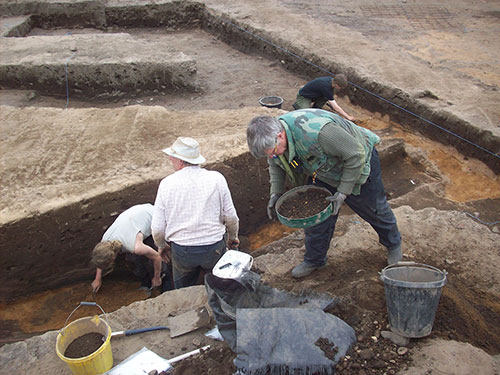
The site was found by local metal-detectorists, who turned up fascinating finds in a blank field. Thanks to trial trenching and the magic of geophysics (“geofizz” in Time Team slang) we found a major Iron Age settlement – a power centre like Birnie, with rich finds and Roman imports – and another silver coin hoard. How were they linked to Birnie? Were these near-neighbours the leaders of the area? This work is really helping us understand Iron Age societies – competitive groups, seeking to get one over their rivals. What have the Romans ever given us? The answer, it seems, was bling – lots of lovely shiny stuff for impressing the neighbours and showing off to the in-laws.
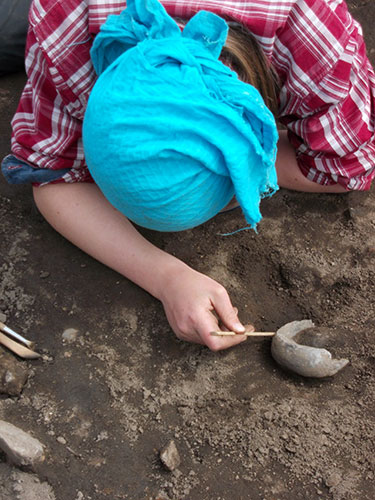
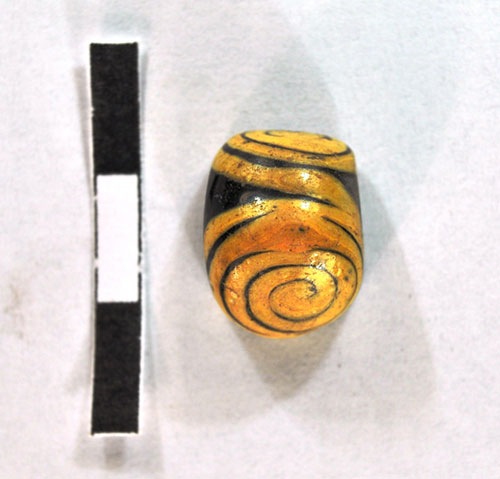
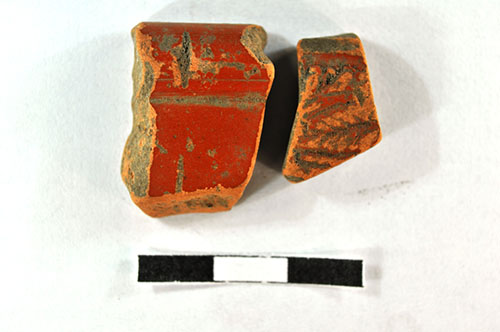
But Clarkly has more than this. There are some fabulous Iron Age roundhouses, but when they’re abandoned something weird happens – standing stones were set up, with strange things buried beside them… Valuable objects of silver and bronze, complete iron tools, soapstone lamps – and beside one, strangest of all, a human skull, buried face down in a pit… We’ve still a lot to do on this, but it seems it became a sacred or special site – a weird place which is hard to parallel.
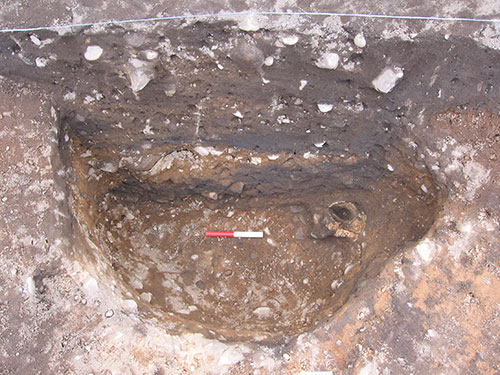
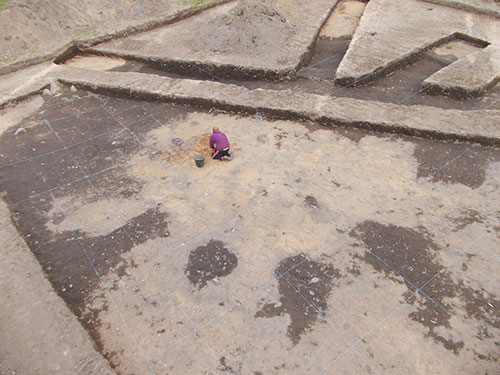
Times changed again, and over the top of this is a later, apparently Pictish settlement – with really fragile remains, difficult to dig, but rare and exciting – and only preserved here because a later sandstorm buried the remains below the reach of destructive modern ploughs.
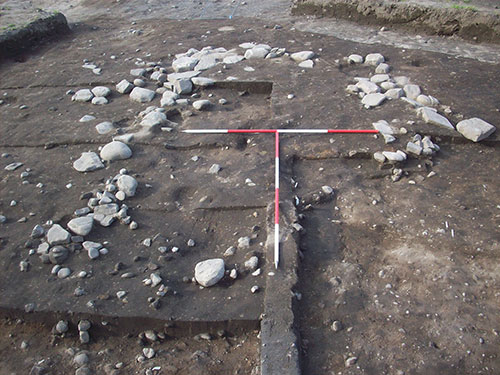
This is our third and last year at the site* – and we’ve a wildly over-ambitious programme for the next three weeks. I’m aiming to look at another roundhouse, an enclosure, some funny magnetic signals which we hope are iron-smelting furnaces, and a mysterious blob. The holy grail would be nice too, but we’ll be happy with some convincing buildings, some nice finds, and some black gold – the charcoal and charred grains we use for radiocarbon dating. We’re encouraging local folk to come along and help – not just on the dig, but also in the backroom work which makes it all tick and helps us make sense of it. Thanks to grants from Moray LEADER and the Gordon & Ena Baxter Foundation, we’ll be running workshops and practical sessions in Moray right through until December – for details, check out the project Facebook page.
So what’ll we find? The joy of archaeology is – you never know till you dig it. Come back in a week or two to hear how we’re getting on.
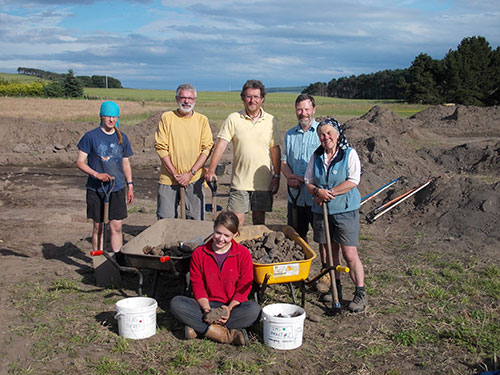
(*Big thanks to our funders – Moray LEADER, Gordon & Ena Baxter Foundation, the Welsh Family Trust , the Keillar family, the Society of Antiquaries of Scotland, the Association for Roman Archaeology, the Moray Society, the Moray Field Club and Cardiff University.)
